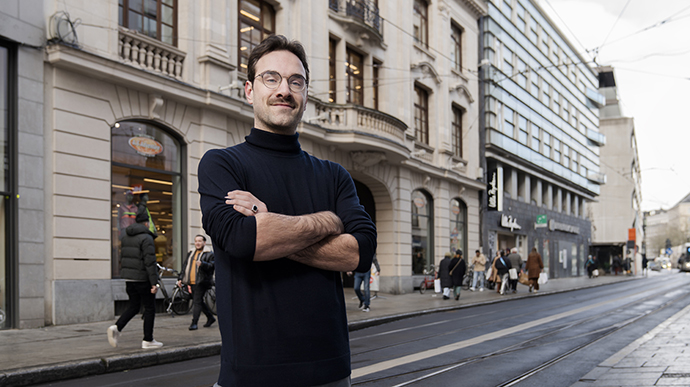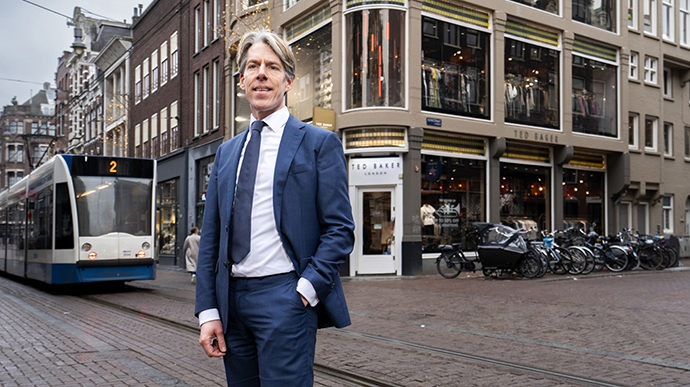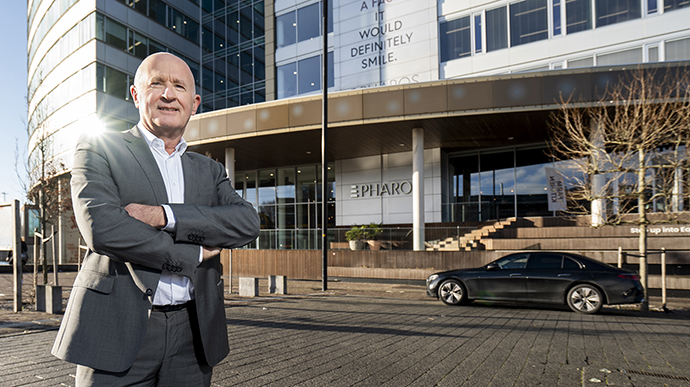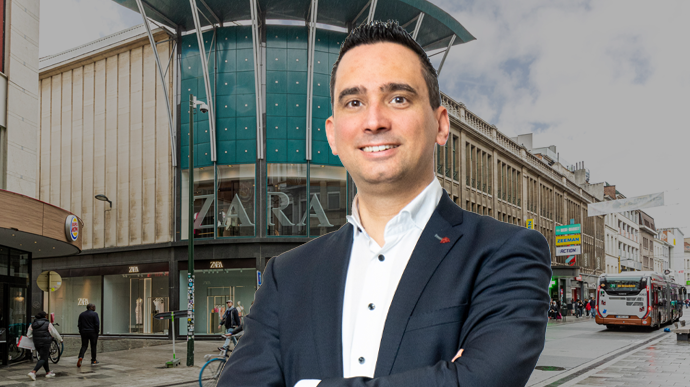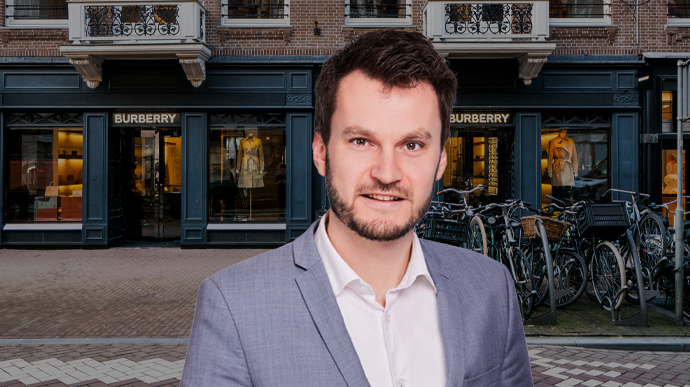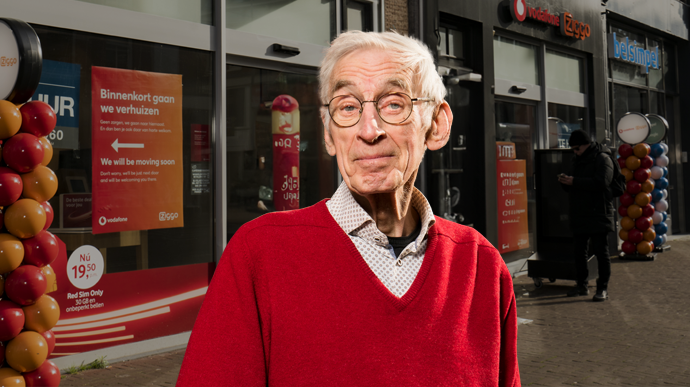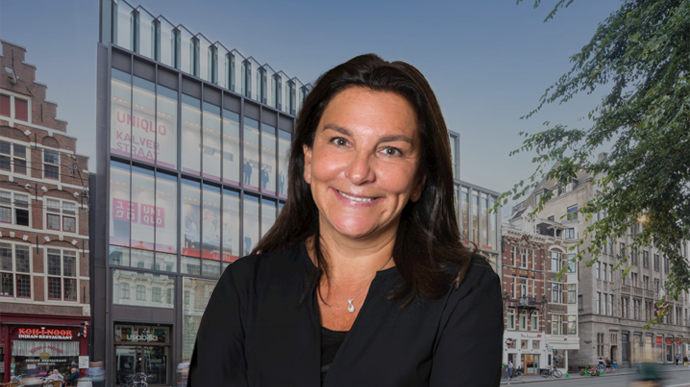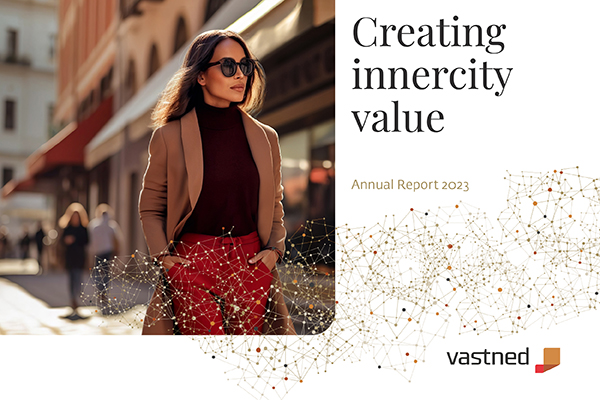Clear and ambitious sustainability approach
‘Making property portfolios more sustainable is commonplace these days. And that is necessary too! As of this year, offices must have at least EPC C label. A legislative framework has not yet been established for retail properties, but it is expected that legal obligations will soon come into force for this type of property too. So in every conversation we have with retail developers, sustainability is always on the agenda. We advise our clients not to wait until the legislation is in place, but to be proactive. Vastned is a great example of this.’
‘Making property portfolios more sustainable is commonplace these days. And that is necessary too! As of this year, offices must have at least EPC C label. A legislative framework has not yet been established for retail properties, but it is expected that legal obligations will soon come into force for this type of property too. So in every conversation we have with retail developers, sustainability is always on the agenda. We advise our clients not to wait until the legislation is in place, but to be proactive. Vastned is a great example of this.’
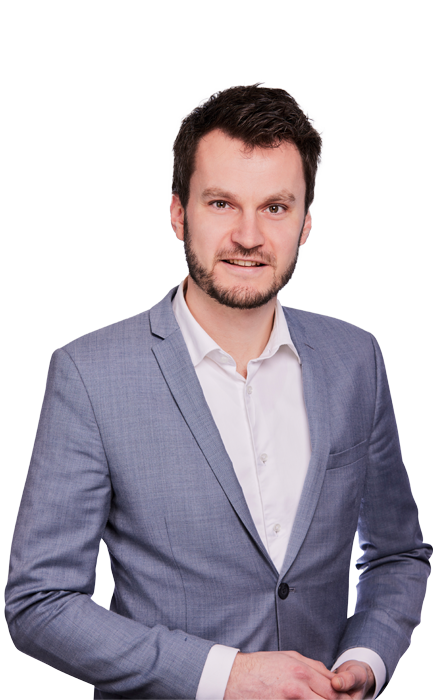


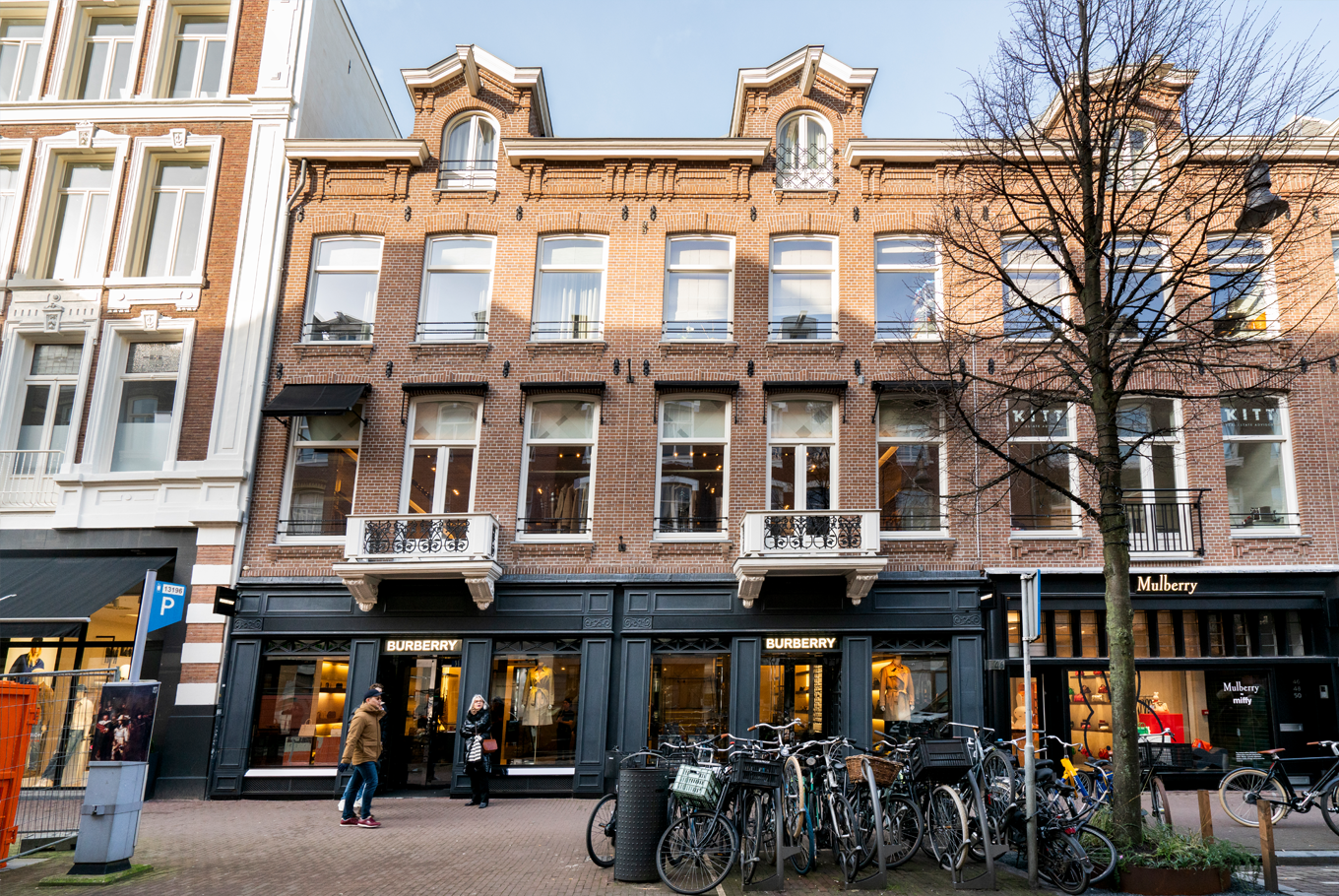
Setting critical boundary
‘We calculate the energy intensity (kWh per square meter per year) and CO2 intensity (kgs of CO2 equivalent per square meter per year) for each property. For this combined KPI, 2050 has been set as the final standard for each property, which is in line with the climate agreements in the Paris Agreement and therefore matches Vastned’s ambition. Based on this final standard, CO2 reduction paths have been set against which we can determine for each property the individual moment that this standard will not be met. As of that time, the building is no longer in line with the Paris Agreement. By mapping this for the entire portfolio, it becomes immediately visible for which buildings this non-alignment will be an issue over time. Thus, we flag up where the biggest challenges lie and how much CO2 reduction is necessary to get in line with the Paris Agreement. By aggregating the individual outcomes for each property, we make the results transparent, as well as the risks at the overall portfolio level. This will also highlight the years in which the greatest decline is visible,’ tells Van Eijk. ‘By zooming in on the underlying properties, we can discover which (large) assets need further attention, that is to say additional capex investments in sustainability.’
Policy framework
Van Eijk: ‘So CRREM is a great model that also offers insights by city, location and, of course, by property. This yields a policy framework basis to proactively manage investment space and sustainability targets over time. At the same time, it shows up risks, which enables the company to anticipate the future. So overall, it provides a great deal of transparency to all Vastned’s stakeholders, especially tenants for which Vastned creates a win-win situation. I am very proud indeed of what we have achieved together with Vastned in a relatively short time.’
Related
articles
